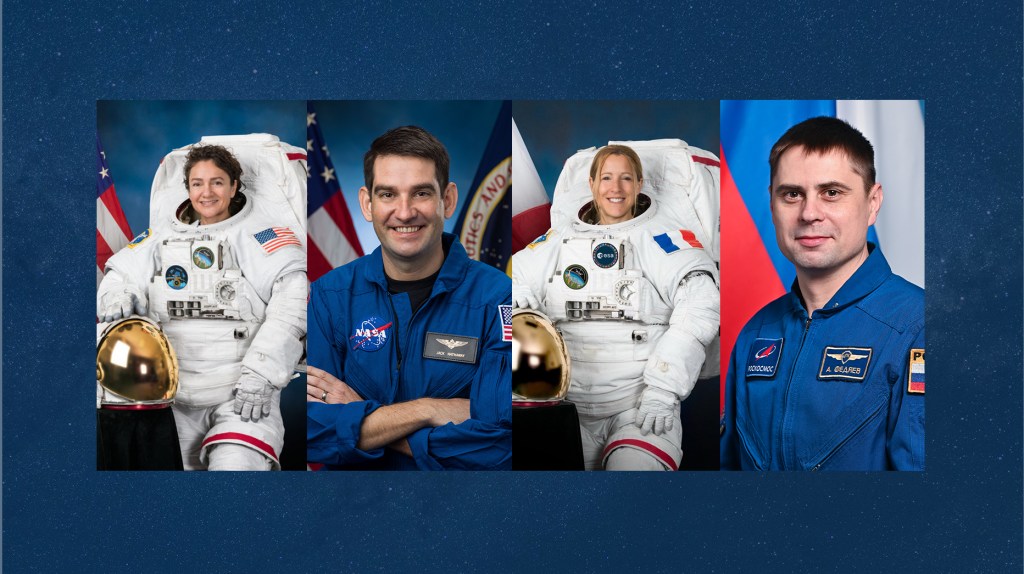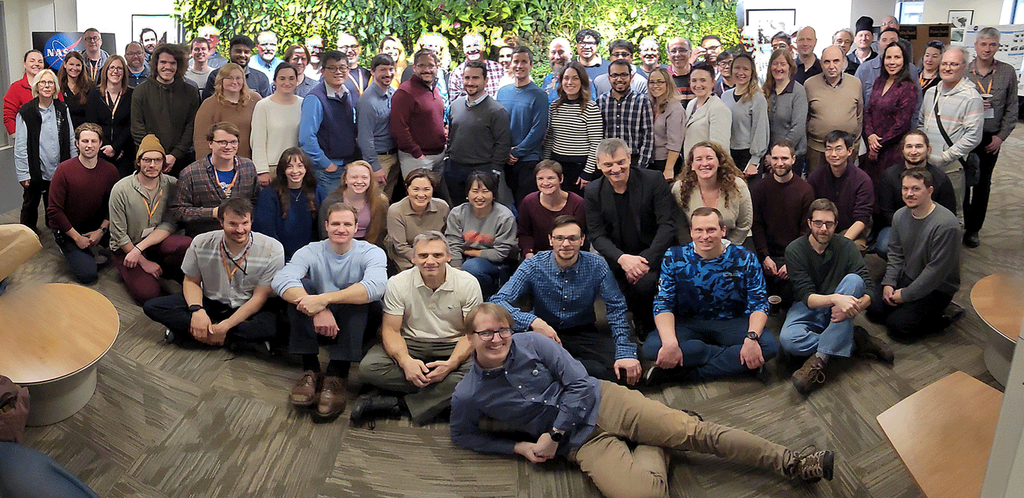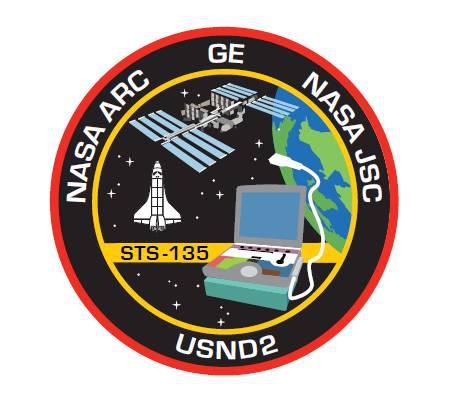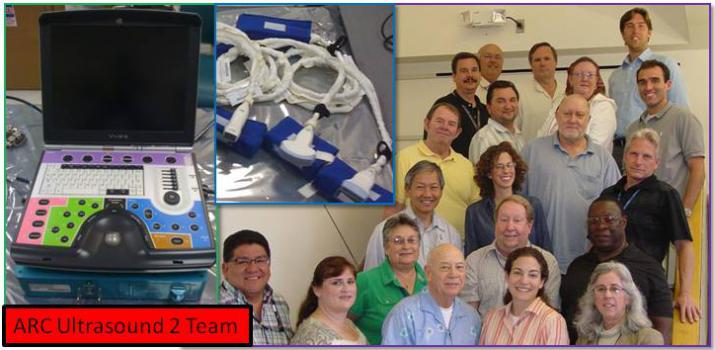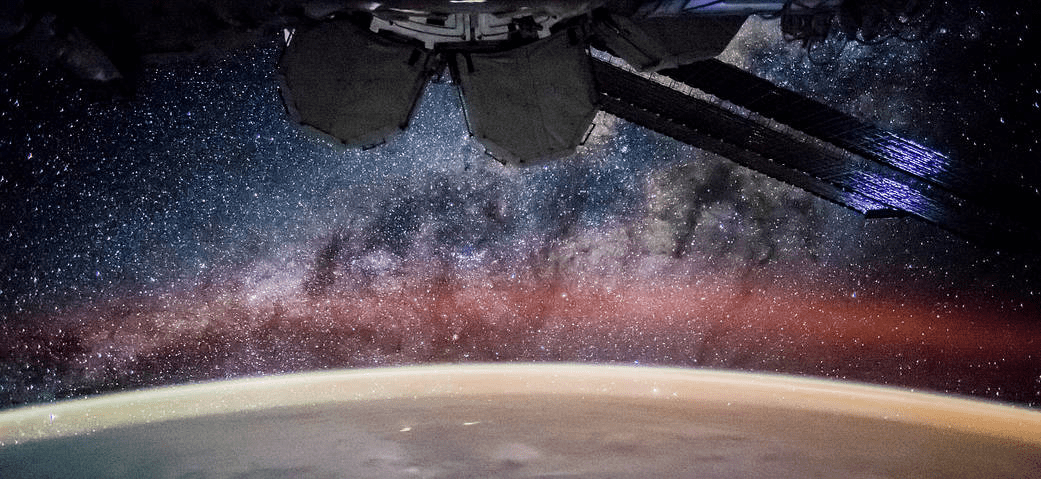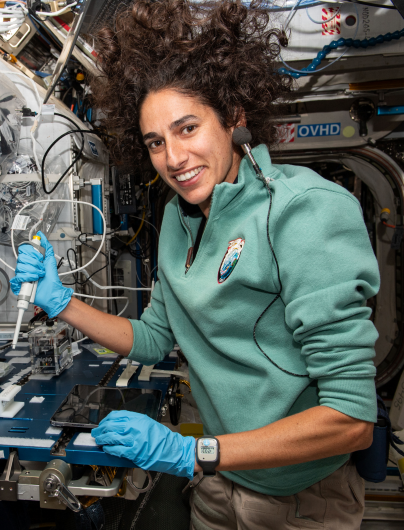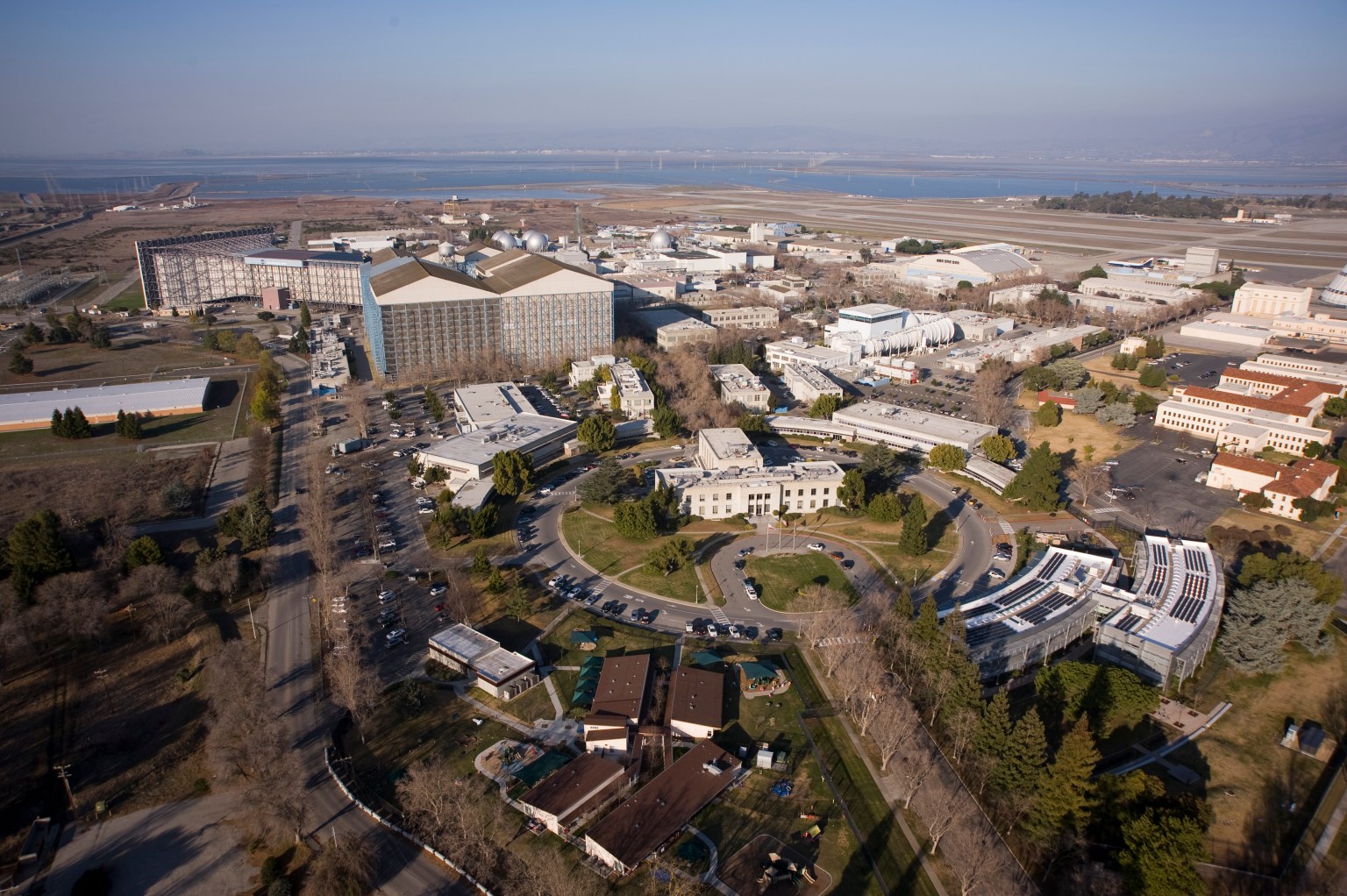Ultrasound-2 (STS-135)
The Ultrasound-2 system is the next generation device which has replaced the existing Ultrasound system aboard the International Space Station. The new system is being used on the station in support of the Human Research Program’s (HRP) International Space Station Medical Project (ISSMP) and medical operations.
NASA launched the Ultrasound-2 system aboard STS 135, space shuttle Atlantis on July 8, 2011 to support biomedical investigations and to provide medical monitoring of the astronauts aboard the station.
Similar to the devices used in medical care on the ground, the Ultrasound-2 is a diagnostic tool that provides images of internal organs and muscles. The Ultrasound-2 system includes a commercially developed ultrasound device (General Electric Medical Systems, Vivid-q™) that was modified for spaceflight, as well as a custom built external video/power converter assembly. The Ultrasound-2 system will replace the device aboard the space station that is no longer functioning.
This system was developed as part of the Human Research Program’s International Space Station Medical Project, which provides a suite of science instruments used to study and solve the human health and performance challenges and the risks associated with exploration missions.
The project team which supported this effort was lead by the Space Biosciences Division’s Flight Systems Implementation Branch located at Ames Research Center.
Project Manager: David L. Pletcher, NASA, Ames Research Center
Deputy Project Manager: Tianna Shaw, NASA, Ames Research Center
Systems Engineer: Julie Levri, NASA, Ames Research Center
The Ultrasound-2 is being used by station crew members performing biomedical and human research experiment operations.








